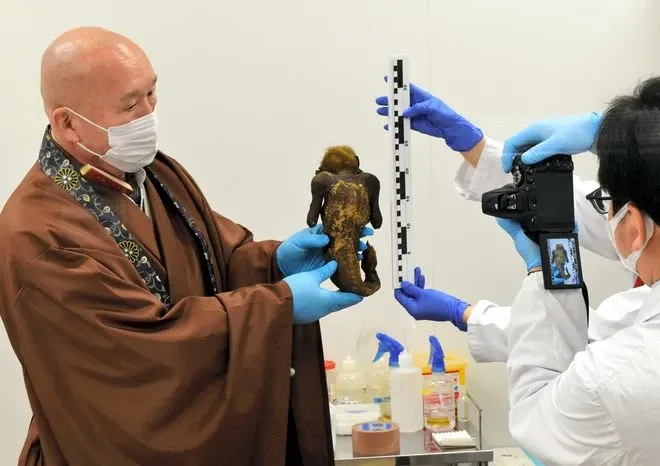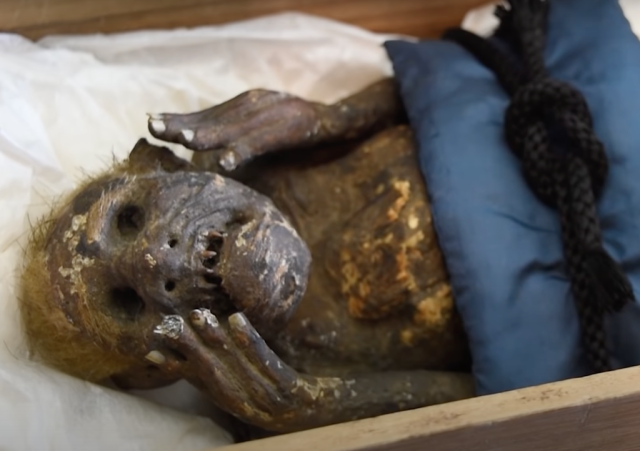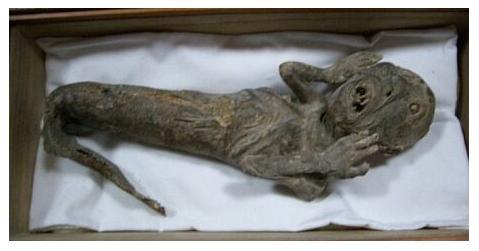The mummified creature is believed to have been caught between 1736 and 1741 from the sea. Scientists will now study its origin.

A baffling mummified creature with a face resembling a human but a long fish-like tail is now being probed by Japanese scientists. Preserved in a temple in Asakuchi city of Okayama prefecture in the Honshu Island of Japan, the creature is said to have been caught from the Pacific Ocean near the Shikoku Islands around 300 years ago.
Shaped like a mermaid, the creature is just 12 inches tall. It appears to have hair, teeth, nails, and a lower body with scales.

As per leading Japanese news outlet Asahi Shimbun, the mummified mummy surfaced inside a box. It came with a note which said that the creature was caught between 1736 and 1741 at sea. Kept by families over generations, it finally was passed on to the temple, where it remained housed for over 40 years.
What scientists are exploring is if they can trace back to the origin of the creature to understand the class of species to which it actually belongs. The mummy is undergoing CT scans at the Kurashiki University of Science and the Arts’ veterinary hospital.







